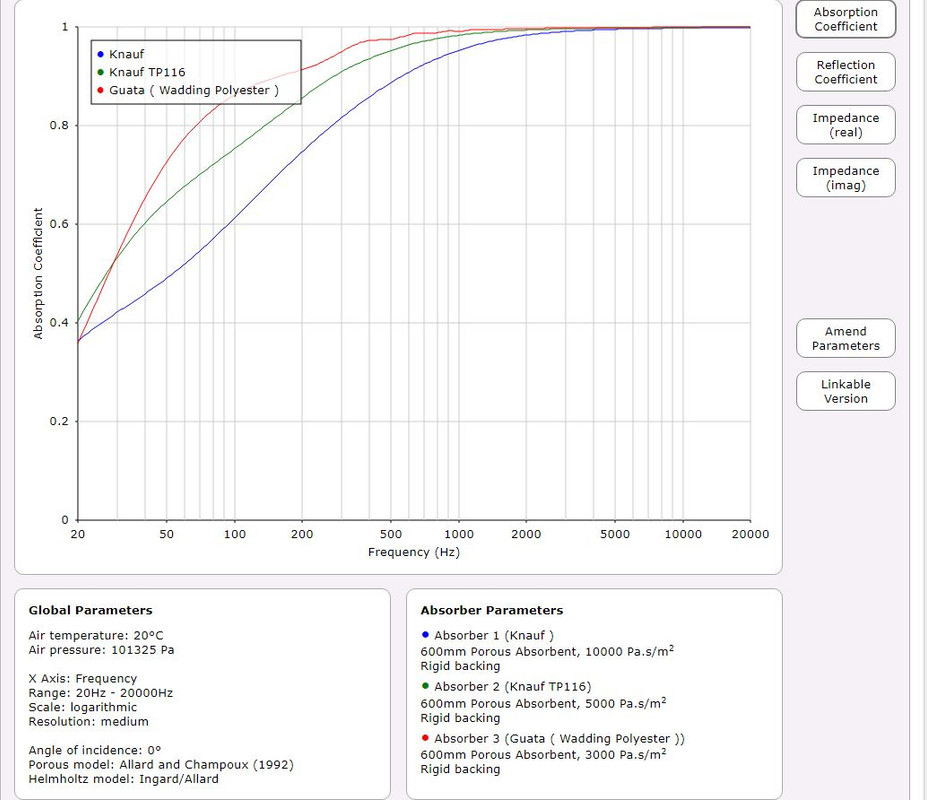But if you listen to a single speaker then the problem goes away.
Thank you for this comment, it made me smile. So much confusion in this thread,
And there are people who use the DSP reverb programs of their AVRs, to recreate reverberated mess a more enveloping feeling.
Multi channel reverberated mess, exactly what it is, don't be shy. Manipulating a perfectly valid stereo recording, to make it fit a myriad of speakers is an aberration.
The ones that treat their rooms are the ones that buy power cables?
IME the ones in untreated rooms are the ones that are tricked into all the audiophile BS - simply because they cannot hear any details
Perfect example of non sense from this thread, totally agree, trying to listen to stereo on any system with any speakers in non treated environment is a total waste of time, the room will always swamp the recording. No measurement and EQ will save that.
Seeing some rooms in this thread speaks volume on what some of those "experts" are after and how different other expectations might be.
This thread is a nugget in exposing that even though some here have a vast, should we say encyclopedic, knowledge, their goal might be so different when listening to music at home, that at the end the day, we are on our own to find that sonic nirvana.
Reading the bible may or may not be that helpful if not understanding what the original writers were trying to achieve, of course if one believe that: The Bible is an irreplaceable gift from God, then everything is much easier.








